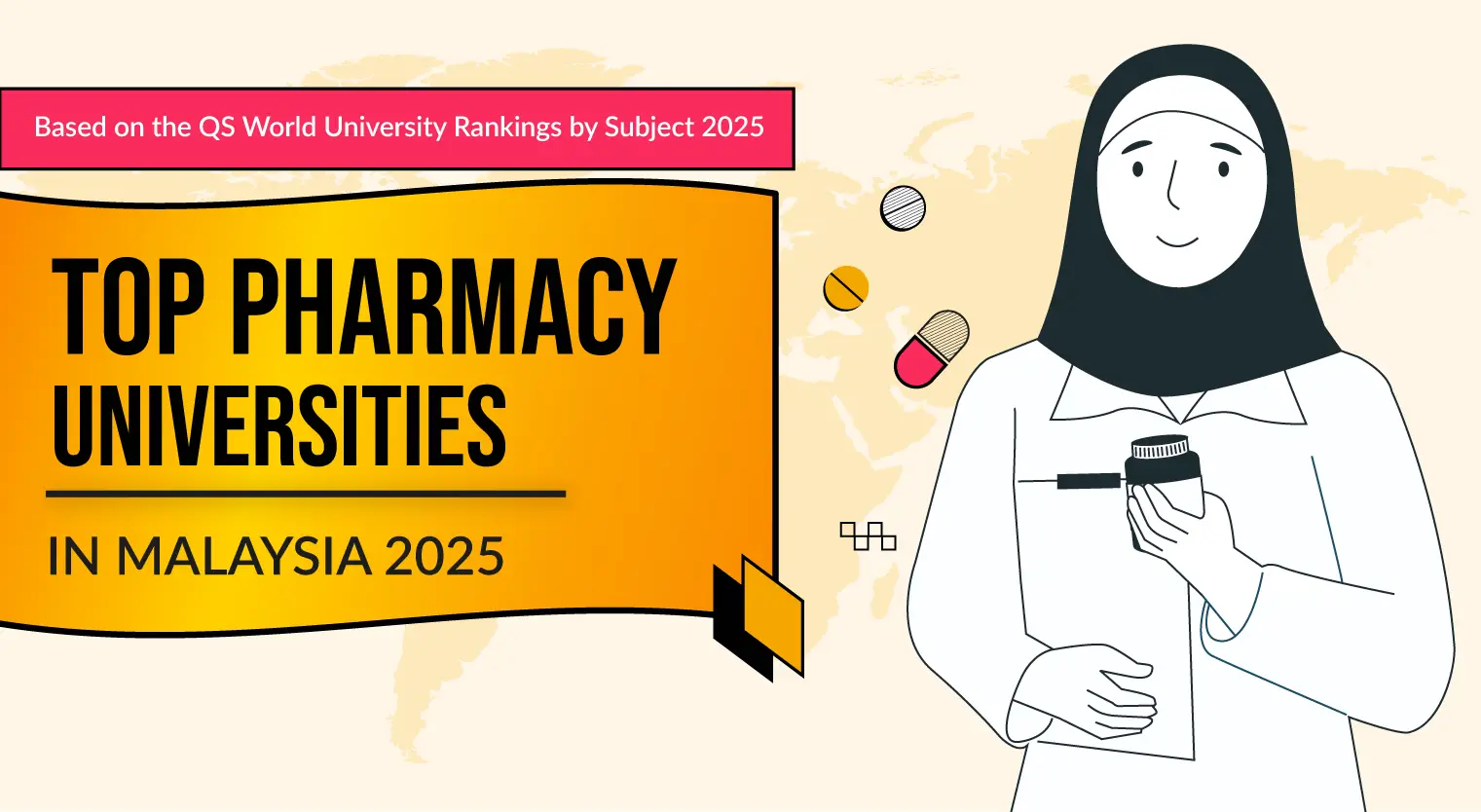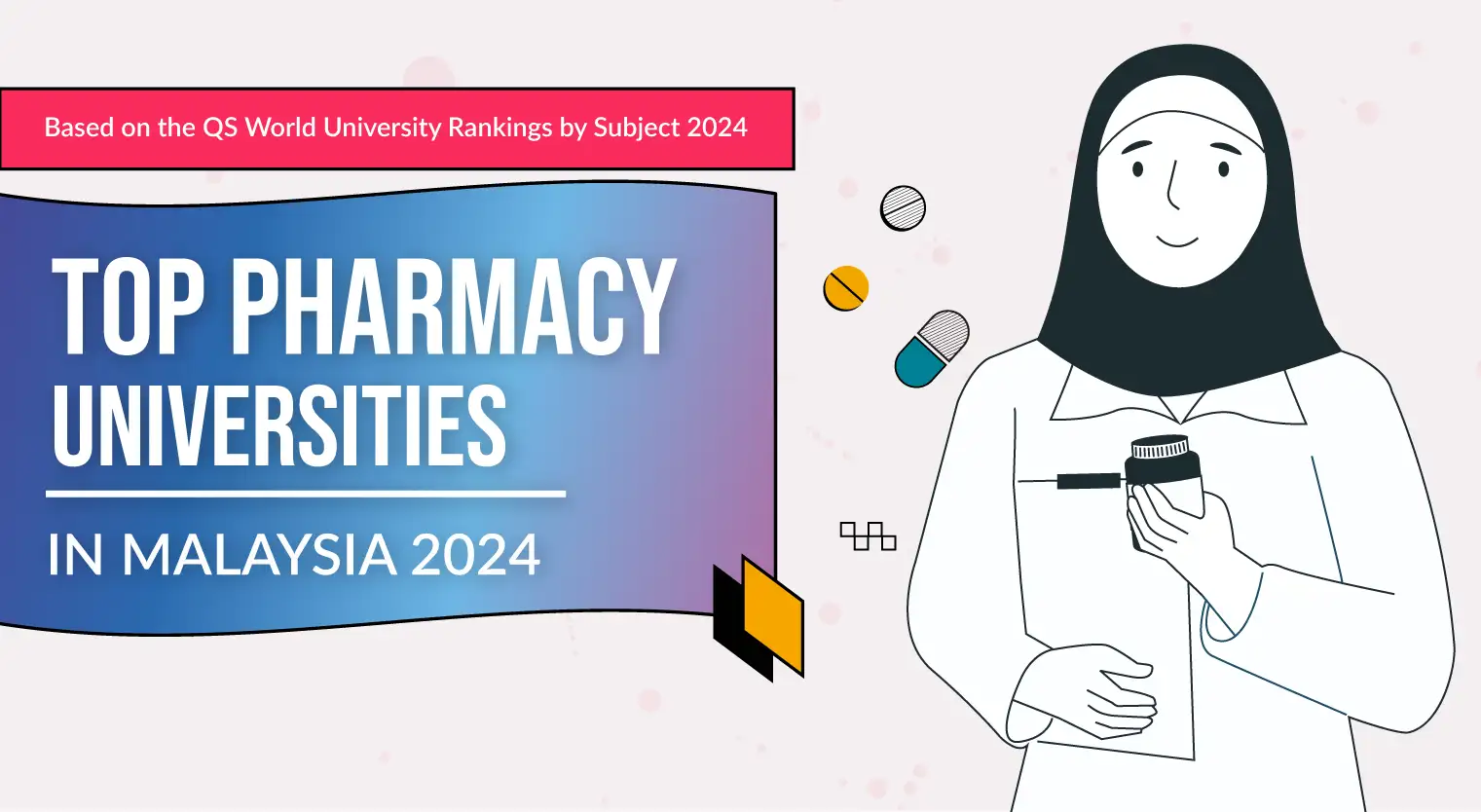How To Be a Pharmacist in Malaysia
Curious to know what the pathway to becoming a pharmacist in Malaysia looks like? Here’s a guide on how you can be one from SPM.
Updated 22 Jul 2022
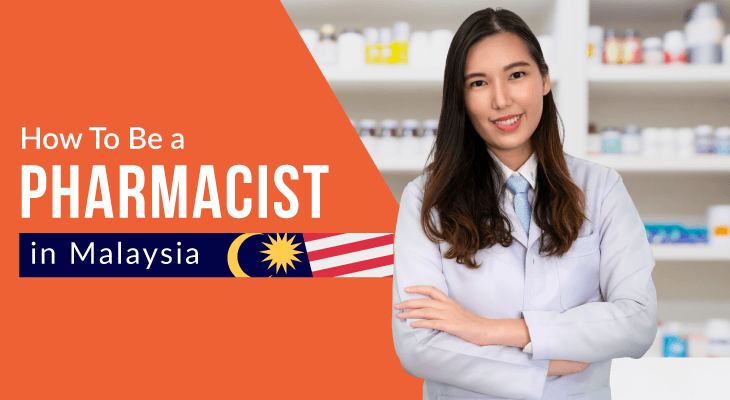
Do you like chemistry? Are you fascinated with medication, how it works and its interaction with the human body? Or perhaps you’re the “mom” friend of your group with your extensive supply of medication and the knowledge of knowing exactly what medication to take if someone feels unwell.
If that’s the case, pharmacy sounds like the perfect course for you!
Choosing to be a pharmacist is a huge commitment. As a profession that’s governed by the Pharmacy Board Malaysia, here’s a step-by-step guide on how you can become a registered pharmacist in Malaysia, starting from SPM.
#1. Meet the requirements at SPM level

To study a pharmacy degree in Malaysia, you must first meet the entry requirements set for SPM level as indicated by the Pharmacy Board Malaysia.
You’ll need to have at least 5Bs at SPM (or O Levels / IGCSE) including:
- Biology, and
- Chemistry, and
- Physics, and
- Mathematics or Additional Mathematics, and
- One other subject
This requirement is mandatory if you pursue Matrikulasi, Foundation or Diploma as your next step. If you choose to pursue standardised pre-university programmes such as STPM or A Levels, you only need to meet the requirements at the pre-university level.
In addition, you must also have a credit in Bahasa Melayu and English in SPM or equivalent.
For those intending to complete their provisional training in the government sector, a credit in Bahasa Melayu and a pass in Sejarah at SPM is required.
#2. Complete a pre-university or foundation programme
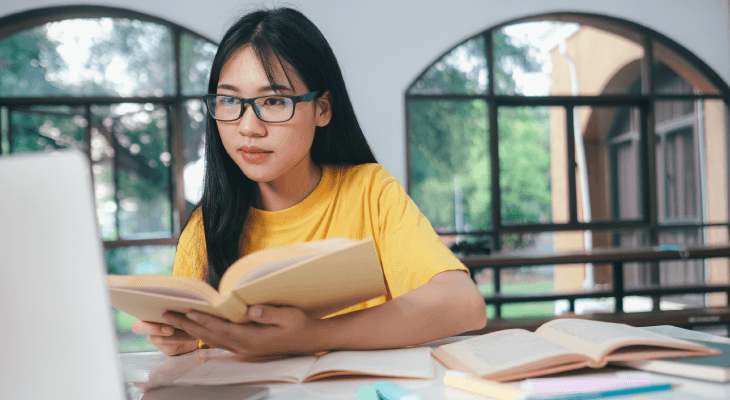
Upon completing SPM, you’re recommended to study a pre-university programme (A Levels, STPM, Matrikulasi, SACEi) or pursue a Foundation in Science.
The academic requirements at pre-university or foundation level are as follows:
- A Levels: BBB, ABC or AAC in Biology, and Chemistry, and Physics or Mathematics with a minimum of B in Chemistry
- STPM: BBB, ABC or AAC in Biology, and Chemistry, and Physics or Mathematics with a minimum of B in Chemistry
- Australian Matriculation (e.g. SACEi, WACE): Average of 80% in Biology, and Chemistry, and Physics or Mathematics with a minimum of B in Chemistry
- Foundation in Science / Matrikulasi: CGPA of 3.0 and above with a minimum of B in Chemistry; and 5Bs in Biology, Chemistry, Physics, Mathematics or Additional Mathematics, and one other subject in SPM or equivalent
Completing any one of the qualifications above will allow you to pursue a Degree in Pharmacy.
#3. Complete a recognised pharmacy degree

Once you have completed your pre-university or foundation and met the entry requirements, you can proceed to studying for a Degree in Pharmacy.
To become a registered pharmacist in Malaysia, you have to pursue a pharmacy degree that’s recognised by the Pharmacy Board Malaysia (PBM). This includes international universities if you’re studying abroad. Otherwise, you’ll risk not being able to register as a pharmacist and work as a pharmacist in Malaysia. This recognition is important as it indicates that the institution and its pharmacy degree have met the standards and guidelines of PBM.
Pharmacy degrees are typically 4 years long. During your studies, you’ll cover various pharmaceutical subjects (e.g. pharmacognosy, pharmacology, pharmaceutical chemistry, pharmaceutics) as well as basic medical sciences (e.g. anatomy, physiology, biochemistry, immunology, microbiology).
As a pharmacy graduate, your journey is not over yet. There are still several more steps before you reach the finish line as a fully registered pharmacist.
#4. Pass the ‘Qualifying Examination to Practice Pharmacy’

Once you’ve graduated with a pharmacy degree, the next step is for you to pass the Qualifying Examination to Practice Pharmacy that’s conducted by PBM. It is a multiple-choice examination in an open book format and is a prerequisite before you can start your provisional training.
This exam can also be taken in your third or fourth year of your pharmacy degree.

#5. Apply to become a Provisionally Registered Pharmacist (PRP)

To apply to become a Provisionally Registered Pharmacist (PRP), you will need to have your academic transcript, letter of completion or graduating certificate, and your qualifying exam certificate.
Once you’ve successfully completed your registration, you will be given a PRP number which you can use to apply for PRP training.
Apply for university with EduAdvisor
Secure scholarships and more when you apply to any of our 100+ partner universities.
Start now#6. Undergo one year of PRP training

PRP training is provisional training for Provisionally Registered Pharmacists that can typically be completed in one year. During this period, you will learn to apply the knowledge that you’ve gained during your studies in a real work setting and gain substantial experience in the field of pharmacy.
You must undergo your PRP training in a training premise that’s recognised by the Pharmacy Board Malaysia. There are options in both the public and private sectors. These include:
- Government hospitals and health clinics
- Community pharmacies
- Private hospitals
- R&D academia
- Pharmaceutical industry
Take note that if you intend to do your PRP training in the public sector with the Ministry of Health, you’ll need to meet the requirements of the Suruhanjaya Perkhidmatan Awam (SPA) which requires you to have a credit in Bahasa Melayu and a pass in Sejarah in SPM. Otherwise, this requirement will not be relevant to you.
#7. Complete full registration as a Fully Registered Pharmacist (FRP)

After you’ve fulfilled all the requirements of your PRP training, you can apply for full registration as a Fully Registered Pharmacist (FRP).
As a fully registered pharmacist, you’ll be able to hold certain types of poison licences which enables you to operate a pharmacy or factory that manufactures drugs. These licences are also required to distribute, sell, import or export drugs and certain chemicals.

#8. Pursue pharmacy specialisation (optional)
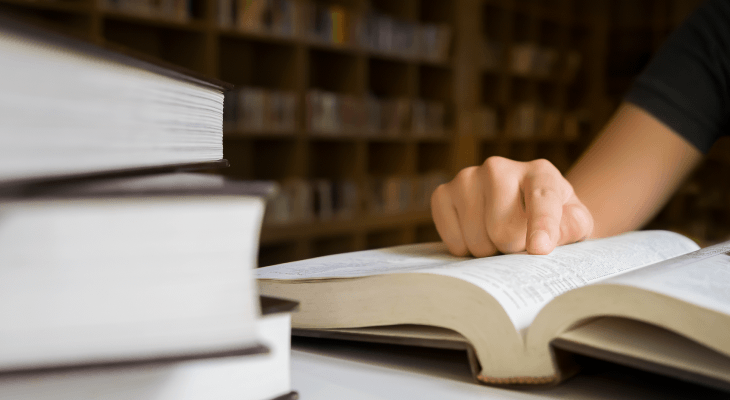
If you wish to specialise in a particular field of pharmacy (e.g. infectious diseases pharmacy, oncology pharmacy, pharmacotherapy, psychiatric pharmacy), further education and training will be required.
To be certified in a specialised field in pharmacy, most pharmacists will seek certification from the Board of Pharmacy Specialties, an international organisation that grants recognition to appropriate pharmacy practice specialties.
To be eligible for certification, you will need to be a pharmacy graduate, have an active licence to practise pharmacy, demonstrate practical experience in the specialty of your choice and pass the relevant pharmacy specialty certification examination.
We hope this has shed some light on the pathway of becoming a pharmacist in Malaysia. While there may be challenges ahead in your pharmacy journey, rest assured that these hurdles will equip you with the skills, knowledge and integrity that is required of a pharmacist.



